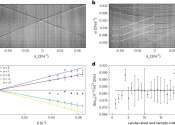Brightest cosmic explosion of all time: How we may have solved the mystery of its puzzling persistence
First detected accidentally by US military satellites in the late 1960s, cosmic explosions known as gamma ray bursts (GRBs) have come to be understood as the brightest explosions in the universe.









